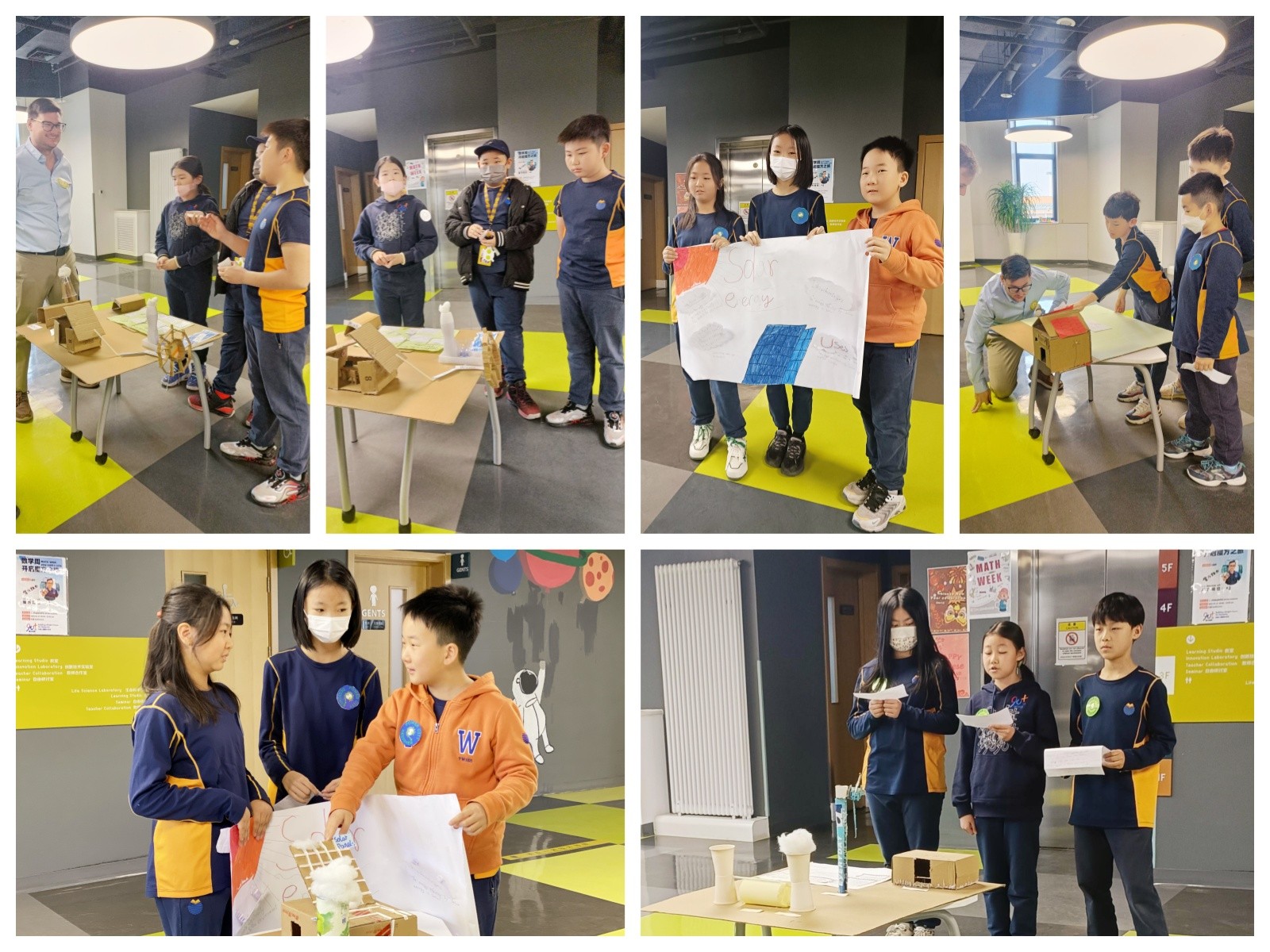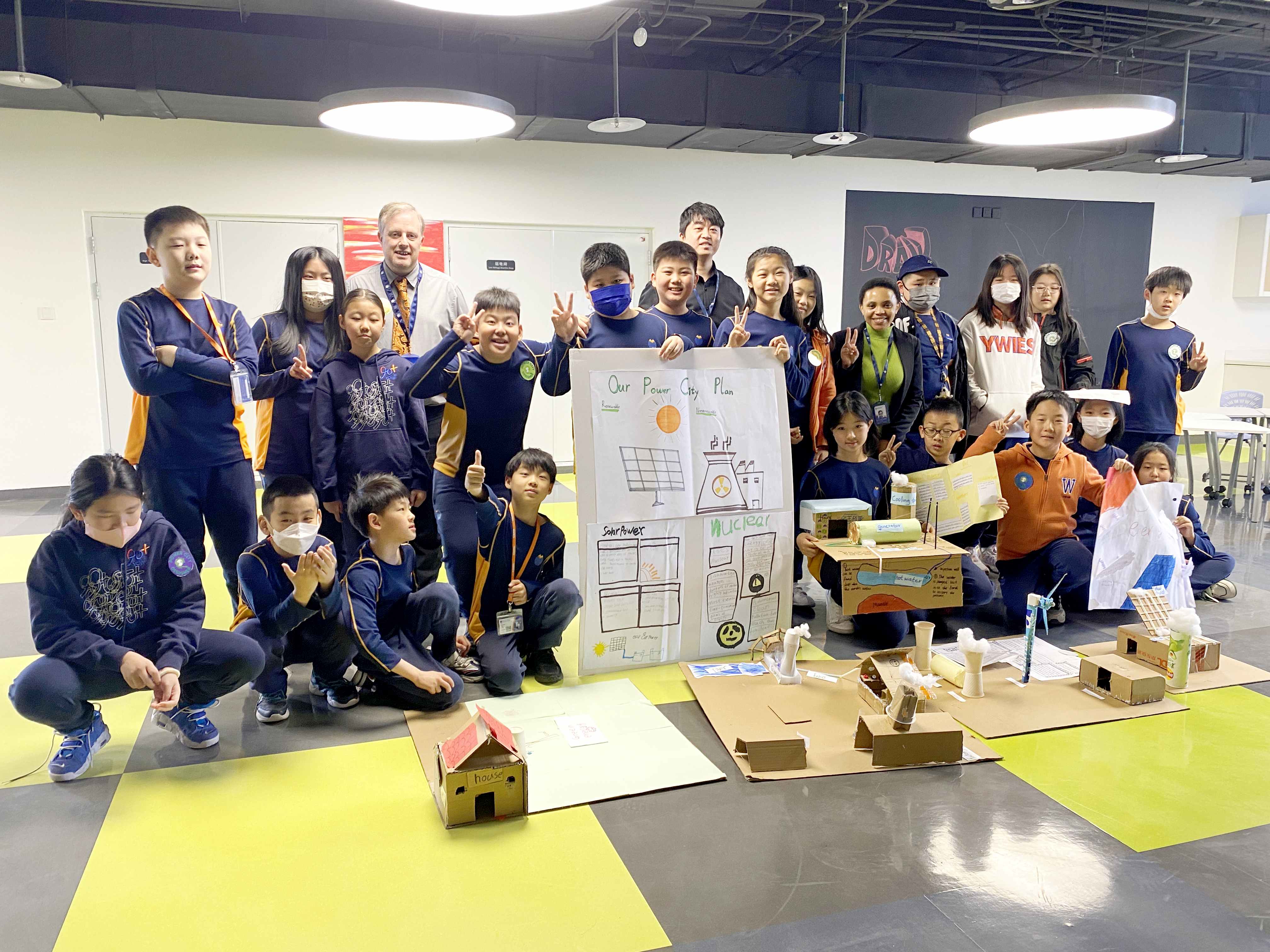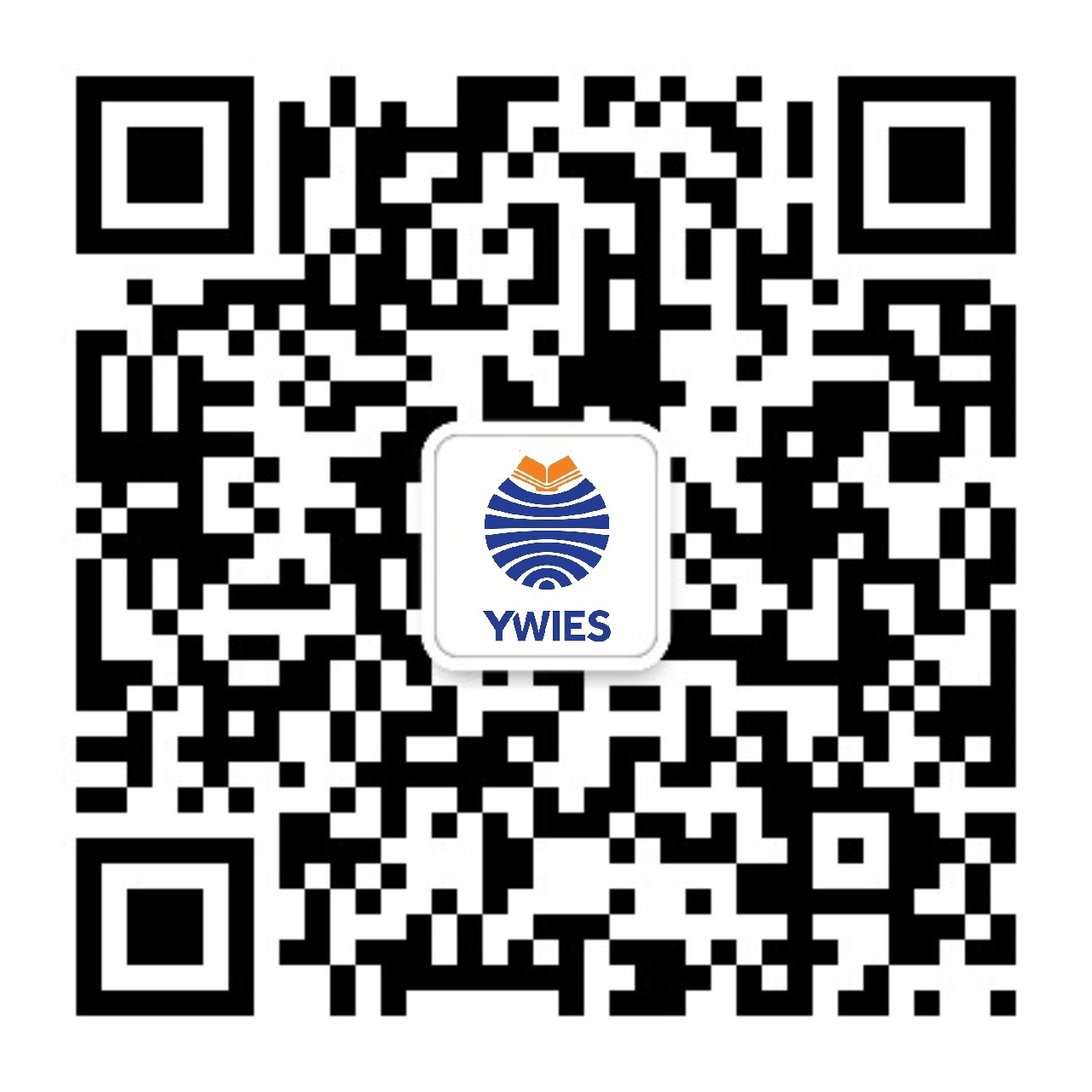Go Back
News
School News
The very hot new energy industry experts are coming!
School News
02 May, 2023
11 : 20
Quick Q&A Question of that a YCYW student has being asked:
Can you give an example of one renewable and one non-renewable resource?Can you give your answer at your first sight? These are real-world scenarios that YCYW wants students to think about and explore. YCYW teachers make intentional connection to academic skills within child-led experiences. This topic is the project-based learning for the 5th grade children. Let's follow Ms. Dumi today to see how the students are researching this topic.
Project topic:“Power City”
G5 students were given a task in groups to research and present information about one renewable and one non-renewable resource that could be harnessed to power the city called “Power City”. They conducted a research about the advantages and disadvantages of these energy sources. These include Solar energy, Wind power, Geothermal, Biomass, Hydroelectric energy, Oil, Natural gas, Coal, Nuclear energy etc. The students were required to create posters and models and present them to the city council of Power City to demonstrate their knowledge and findings.
a group of students were tasked with researching the feasibility of geothermal energy for Power City, a hypothetical city in China. The students also made a model of the geothermal energy potential of the region and analyzed the economic and environmental impacts of implementing geothermal energy.
Group A Research:Geothermal energy
The team found that geothermal energy had the potential to provide a significant portion of Power City's energy needs, while also reducing greenhouse gas emissions and creating local jobs. They also identified several technical and financial challenges that would need to be addressed in order to implement geothermal energy on a large scale. They have learnt that there are other forms of renewable resources other than wind or solar power.
Group B Research—— Pros and cons of various sources
Another group of students also examined the advantages and disadvantages of different energy sources: Students explored the pros and cons of various renewable and non-renewable energy sources, such as solar, wind, hydroelectric, coal, oil, and natural gas. They also learned about the benefits of using renewable energy sources, such as reduced greenhouse gas emissions, and the drawbacks of relying on non-renewable sources, such as their contribution to climate change. They also understand the importance of sustainability: By learning about renewable energy sources, students gained an appreciation for the importance of sustainability and the need to protect the environment for future generations.
Presentation:Findings to council panels
Students made models and designed posters to present their findings of different energy resources uses, advantages and disadvantages. They presented their research and findings to council panels (Mr. Matthew and Mr. De Wet) from the hypothetical Power City.
As students researched and analyzed different energy sources, they developed critical thinking and problem-solving skills. They can apply their knowledge to real-world scenarios, such as determining the most appropriate energy source for a given situation or identifying ways to transition from non-renewable to renewable energy sources. YWIES teachers are dedicated to real-life projects to equip children with practical knowledge, and then simulate scenarios for children to show their achievements. In this way, they are able to apply what they have learned in real world.







